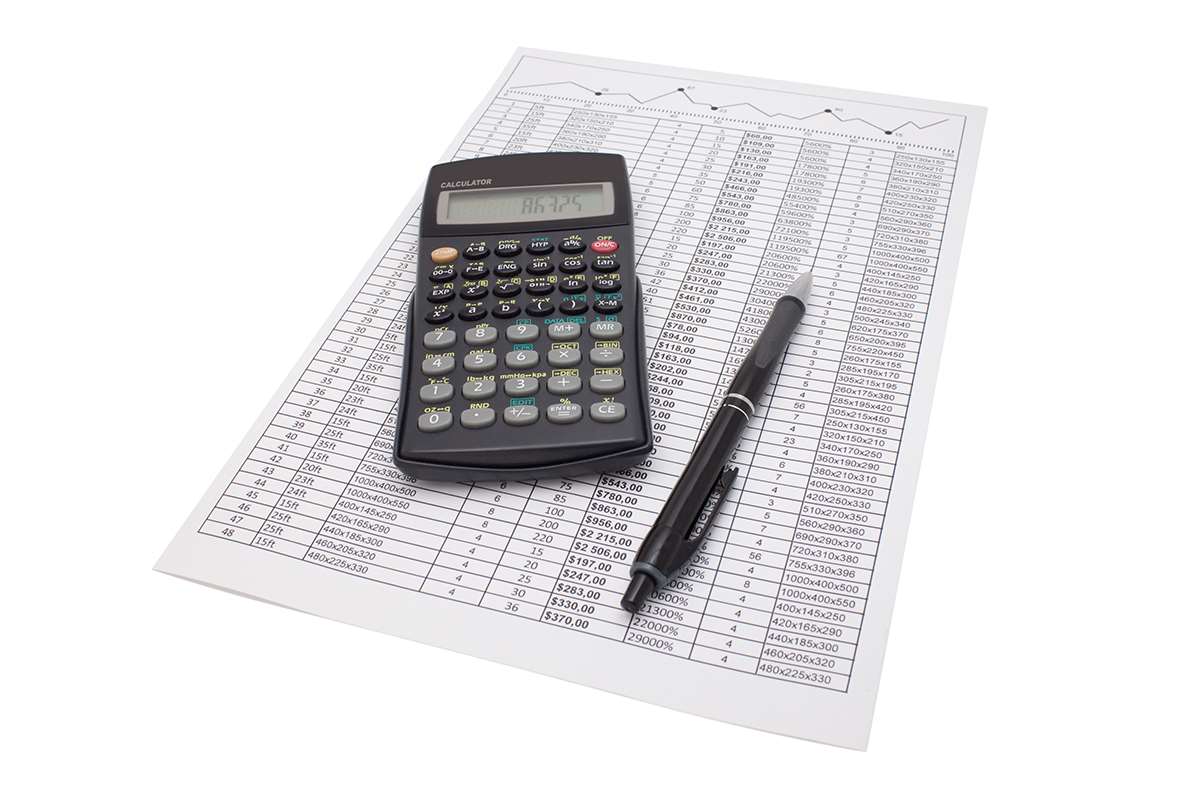
The inventory write-off adjustment removes the value of inventory determined to have become obsolete or unsellable. With a large size of inventory, company will be facing high inventory cost as well. The company will try its best to minimize the inventory obsolete cost as it is the cost that does not provide any benefit to the customers or company. The $1,500 net value of the inventory less the $800 proceeds from the obsolete inventory journal entry sale has created an additional loss on disposal of $700, which is charged to the cost of goods sold account. The first thing we need is a breakdown of the Inventory account, showing the opening balance for each item, the inflow (purchases) and the outflow (sales, or production consumption), and the closing balance. Some ERPs have this premade, but you will have to ask for such report to be generated in some cases.
How to avoid & reduce obsolete inventory

The amount to be written down should be the difference between the book value (cost) of the inventory and the amount of cash that the business can obtain by disposing of the inventory in the most optimal manner. Ideally, a business should maintain an obsolete inventory reserve that is paired with and offsets the inventory asset accounts. The amount in this reserve should be the estimated amount by which the inventory asset will be written down, once specific inventory items have been identified as obsolete. Once the journal entry is recorded in the retailer’s accounting ledger and the loss is recognized on its financial statements, the value of the unsellable inventory is effectively removed from the books. Inventory obsolescence is a minor issue as long as management reviews inventory on a regular basis, so that the incremental amount of obsolescence detected is small in any given period. However, if management does not conduct a review for a long time, this allows obsolete inventory to build up to quite impressive proportions, along with an equally impressive amount of expense recognition.
- Hence, the post-adjustment balance will be of lesser value than its prior book value.
- However, due to its obsolete state, its fair value on the market is only $100 as of December 31.
- Industry standards and your own experience can help you figure out when inventory is just moving slowly and when it’s never going to move.
- Therefore, the reduction in the inventory account is offset by the charge to the cost of goods sold (COGS) account on the ledger.
- In either case, there will be a loss that we need to record as an expense and charge it to the income statement in the period.
Management of Written-Off Inventory
It may be a sign of subpar items, subpar demand forecasting, and/or subpar inventory management. Investors can determine how well a product is selling and how efficiently a firm manages its inventory by looking at the number of obsolete inventory it produces. The journal entry for obsolete inventory affects your financial statements by lowering the asset value. If it’s a significant amount, it implies that your inventory management isn’t as good as it should be. This gives companies an incentive to fudge, delaying recognition or reporting it in small increments. However, GAAP rules require you to make a journal entry for obsolete inventory as soon as you’re aware of the issue.

ways to avoid inventory write-offs
- The second entry is to recognise the inventory that has left our business.
- However, manufacturing companies and companies that are in industries prone to obsolescence, such as technology or food service, may wish to re-evaluate this reserve on a quarterly basis.
- These can happen if the inverse of the above three situations were to occur.
- These standards govern how financial statements are prepared by organizations, companies, governments, and nonprofits.
- The journal entry is debiting allowance for obsolete inventory and credit inventory.
The out-of-date inventory should be taken off the balance sheet at this point because it will have been disposed of. The business must get rid of the goods and reverse the allowance for outdated inventory. As the firm has https://www.bookstime.com/articles/plant-assets already anticipated and documented the expense, the transactions will not affect the expense report on the income statement. Allowance for obsolete inventory is debited and inventory is credited in the journal entry.
- With ShipBob, you can split inventory across our international fulfillment network and easily track and manage inventory in real time all through ShipBob’s user-friendly merchant dashboard.
- In the past, if the inventory was held for too long, the goods may have reached the end of their product life and become obsolete.
- This way, you have data to calculate inventory days on hand and inventory turnover rate, which are key inventory metrics to track.
- Or we can offer a client a reduced price if he purchases a batch using some of the obsolete inventory in the assembly.
- As the company later disposes of the items, or the estimated amounts to be received from disposition change, adjust the reserve account to reflect these events.
- We have a debit to our Stock on hand for $100 (which decreases our assets), and a credit to Cost of Goods Sold (which increases our expenses).

The amount to be written down is the difference between the book value of the inventory and the amount of cash the business can obtain by disposing of the inventory in the most optimal manner. Write-downs are reported in the same way as write-offs but an inventory write-down expense account is debited rather than an inventory write-off expense account. Inventory refers to assets owned by a business that can be sold for revenue or converted into goods that can be sold for revenue.
